Many aviation fans know that the SR-71 made extensive use of titanium in its construction. But did you know where this titanium came from?
Russia’s invasion of Ukraine and the ensuing sanctions are worrying some manufacturers in the aviation industry. As we saw, Russia is a major producer of titanium, which is a key material for modern airliners. Modern jet engines also rely on titanium for key components, as do the landing gear legs of new widebodies.
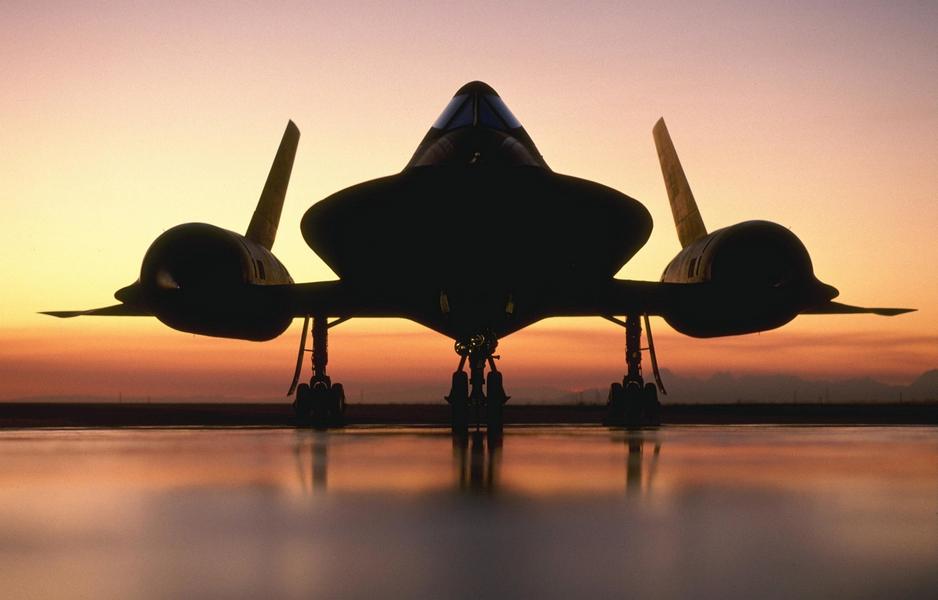
Lockheed’s SR-71 consisted primarily of titanium, but for a slightly different reason: speed. The US agency responsible for this aircraft’s development was the CIA. And in 1960, the agency faced a problem. The first aircraft it planned on using to spy on the Soviet Union, was Lockheed’s U-2. And even before the Gary Powers incident, the CIA knew that they were racing against time.
Back when the U-2’s development started in the mid-50s, the CIA relied on two misconceptions. The first was that Soviet radar was ineffective at higher altitudes. And the second was that the USSR didn’t have anti-aircraft missiles that could reach such altitudes (70,000+ feet). But the U-2’s first flights over USSR showed that Soviet radar could track the aircraft. The CIA realized it was a matter of time before the U-2 would be unable to overfly the Soviet Union.
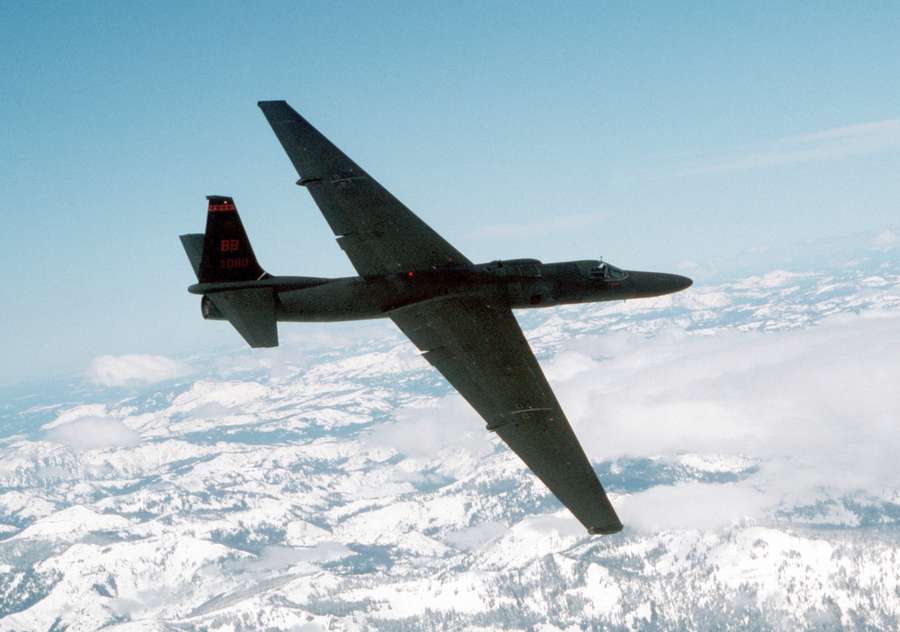
The SR-71, Speed, Heat And Titanium
So work on what would become the SR-71 and its titanium construction, began two years before the Gary Powers incident. But the SR-71 was only the last variant of this aircraft. There are a lot of details in the development of this family of jets, under the codename “Oxcart”. But the fundamental requirements included a low radar cross-section, and speed – a lot of speed.
These requirements created a need for new design details and materials. High speeds bring a lot of kinetic heating, pushing the limits of other materials. Beyond titanium, the A-12, the SR-71 and the YF-12 (Oxcart’s Air Force “spin-off”) also used radar-absorbing composites. The pointy edges (or “chines”) of the plane’s fuselage involve such materials. And to make it possible for them to withstand extreme heat, these parts combine clever composites with… asbestos!
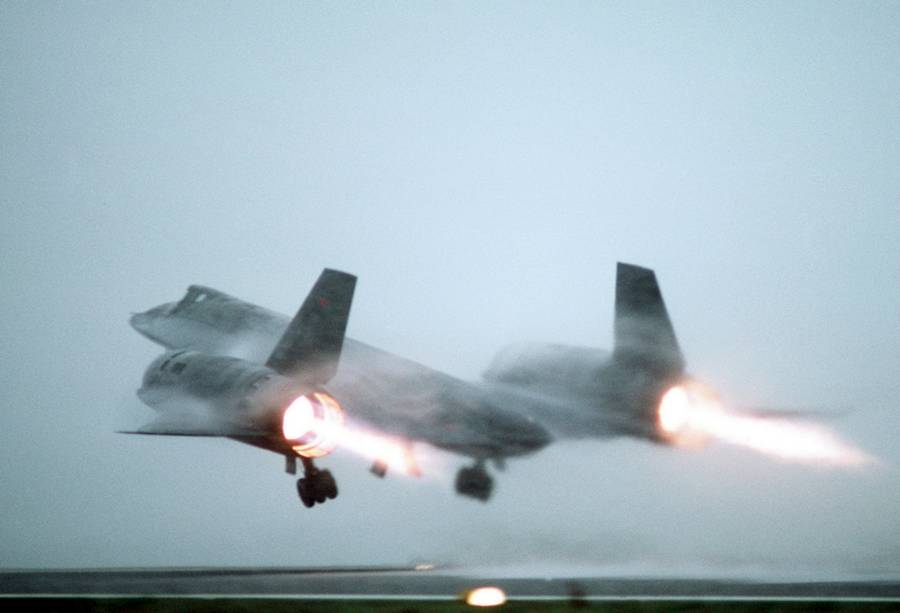
Asbestos was a “wonder” material, for its heat insulation and fire resistance properties. That’s before people knew of its cancerogenic qualities, of course. But Lockheed and the CIA would need something else, for the structure of these jets to withstand the heat of Mach 3+ flight. Lockheed selected titanium for the SR-71 and the previous Oxcart aircraft. But there were several problems with titanium, including its machining and the rest of its processing.
Before the SR-71, titanium saw rather limited use in aircraft – mainly in jet engines (e.g. exhaust nozzles). For Lockheed, titanium would be a key material in making these high speeds possible. Interestingly, the Soviets would get a lot of experience working with titanium, for use in submarines. However, even later they would elect to use stainless steel for the plating of their fastest military jet, the Mach-2.5-capable MiG-25.
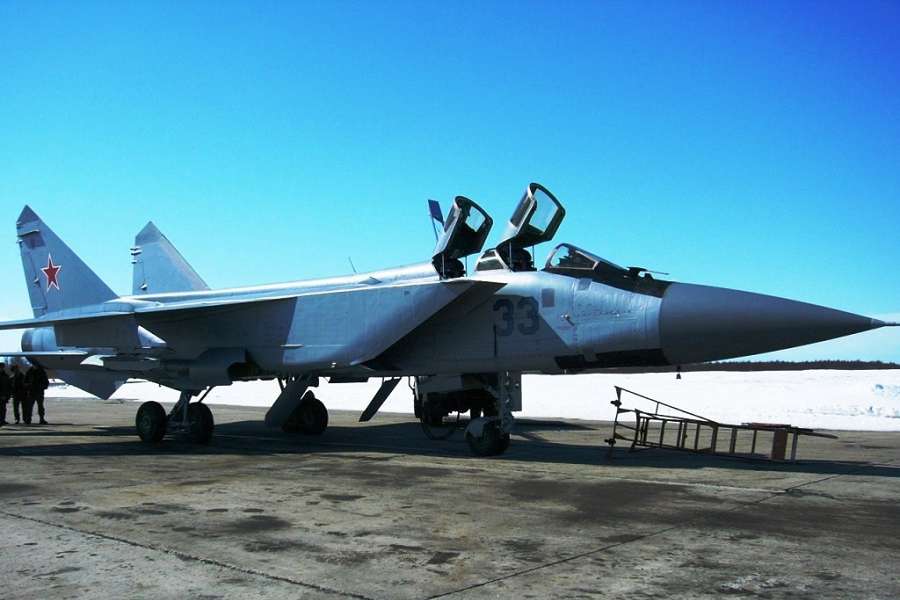
Machining, Processing And Finding Titanium
But while the MiG-25 (and its successor, the MiG-31) are big aircraft, the CIA’s spy planes were bigger. This was partly because they needed to carry a lot of fuel, to have the necessary range. So Lockheed decided to go with the lighter titanium, to make its A-12 and SR-71. But the heat resistance that makes titanium desirable for high-speed flight, also makes it a nightmare to machine.
Furthermore, titanium doesn’t dissipate heat like steel and other metals. Also, even extracting titanium from raw materials and handling it in its pure form, is very difficult. Lockheed literally had to invent ways of processing and handling the material. Even small changes in the temperature and atmospheric conditions of its manufacturing sites could ruin whole batches of titanium.
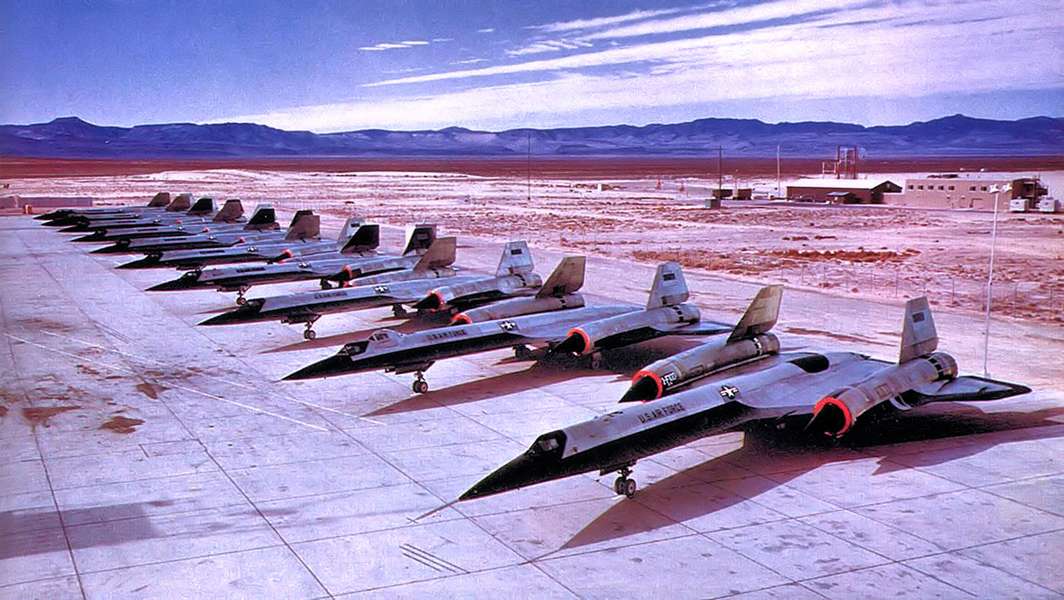
And of course, all this assumes that the material is available. And this finally brings us to the subject in the title: getting titanium for the SR-71. Today, we know that the world’s deposits of titanium ore rest primarily in China. Then comes Japan, and close to it, Russia. But back in the 1950s, the Soviet Union was the primary source and leading exporter of then-available sources of titanium.
Ben Rich, Lockheed’s chief aerodynamicist for the SR-71, detailed how the company got the titanium it needed:
“Our supplier, Titanium Metals Corporation, had only limited reserves of the precious alloy, so the CIA conducted a worldwide search and using third parties and dummy companies, managed to unobtrusively purchase the base metal from one of the world’s leading exporters – the Soviet Union. The Russians never had an inkling of how they were actually contributing to the creation of the airplane being rushed into construction to spy on their homeland.”
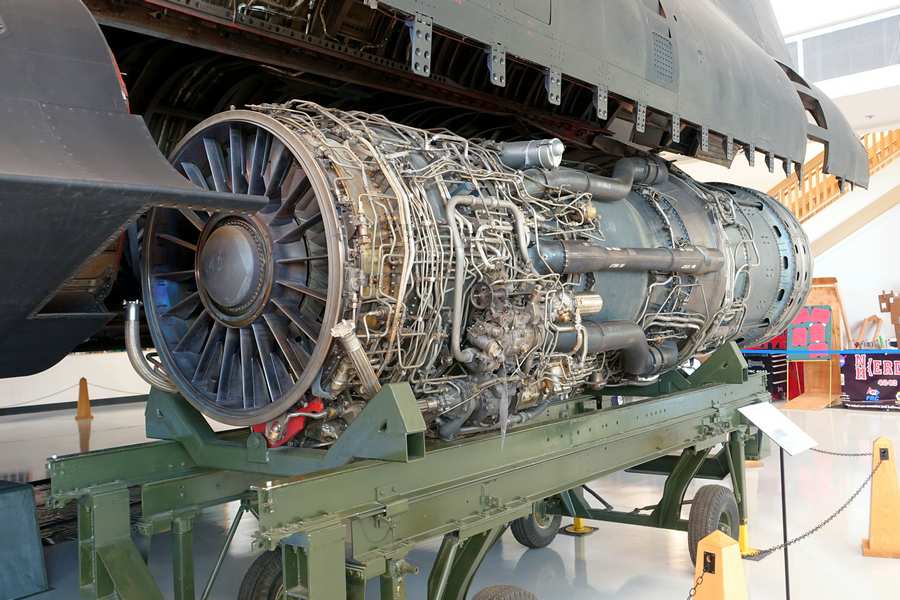
A Lot Of Titanium, For A Lot Of SR-71 Airframes
Lockheed needed a lot of the material, too. In total, the company would make 13 A-12s (plus two M-21 drone carriers) and three YF-12 fighter versions for the Air Force. The larger SR-71 was the most numerous of all, with 32 aircraft emerging from Lockheed’s Skunk Works factory. With the majority of each SR-71 consisting of titanium, the CIA had a daunting task in its hands, just to source the material! The empty weight of an SR-71A was 67,500 lbs (30,6 tons).
Even with all its advancements and gained knowledge in working the material, Lockheed faced many problems. Each jet was essentially hand-built. Lockheed also had to specify a special low-volatility fuel for the Pratt & Whitney J58 turbojet engines. This was because the titanium exterior of the SR-71 got so hot, that it risked igniting normal fuel.
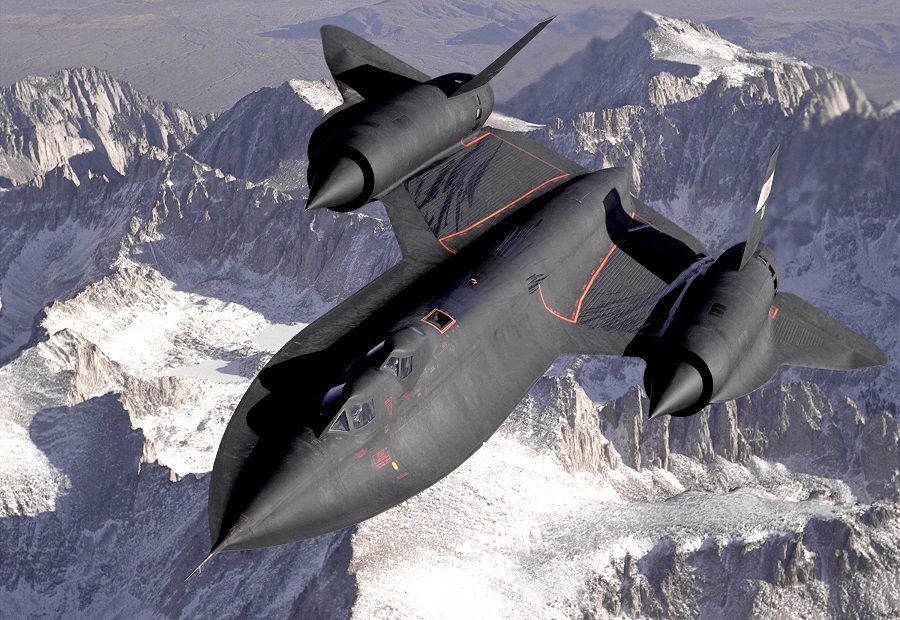
Also, pay close attention to the photos of SR-71s you see, showing the aircraft in flight. Nearly all of them show the jet before or after mid-air refuelling – something its pilots had to do frequently. And in many of these photos, you can see many odd streaks, at seemingly random parts of the plane’s surface. These dark streaks are fuel, leaking away! At lower speeds, the tanks in the titanium structure of the SR-71 didn’t seal properly.
Even on the ground, fuel would pool under the jets. Since this was a low-volatility fuel, moderate leaking was deemed acceptably (?) safe. But such details explain why we don’t see any newer aircraft making extensive structural use of titanium, like the SR-71. Boeing spent a lot of time and money, trying to develop the 2707, to compete with Concorde.
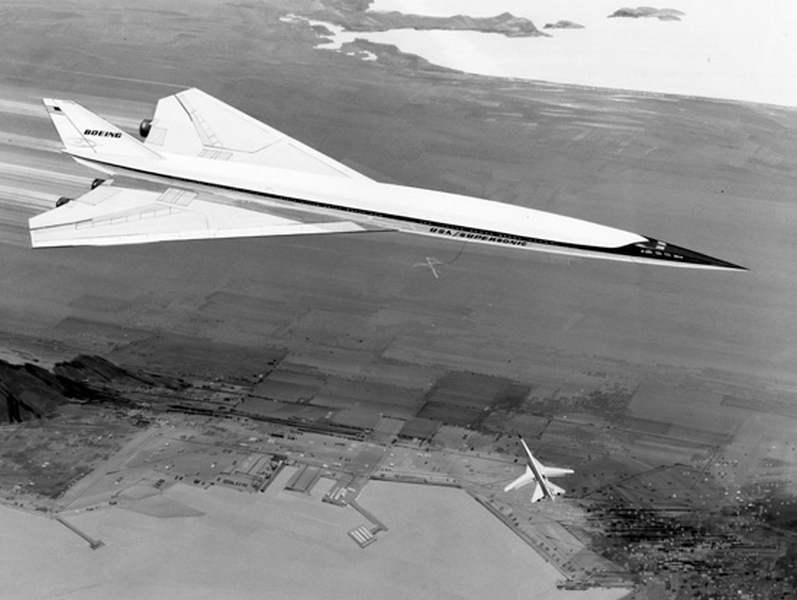
A Hard Act To Follow?
Since it flew at “only” Mach 2.03, Concorde didn’t need anything more exotic than aluminium, for its structure/skin. Boeing and the US government (that funded the 2707) were more ambitious. Initially, the goal was an aircraft cruising at Mach 3. Later Boeing reduced this to 2.7. But this was a high-enough speed to require titanium construction, like the SR-71.
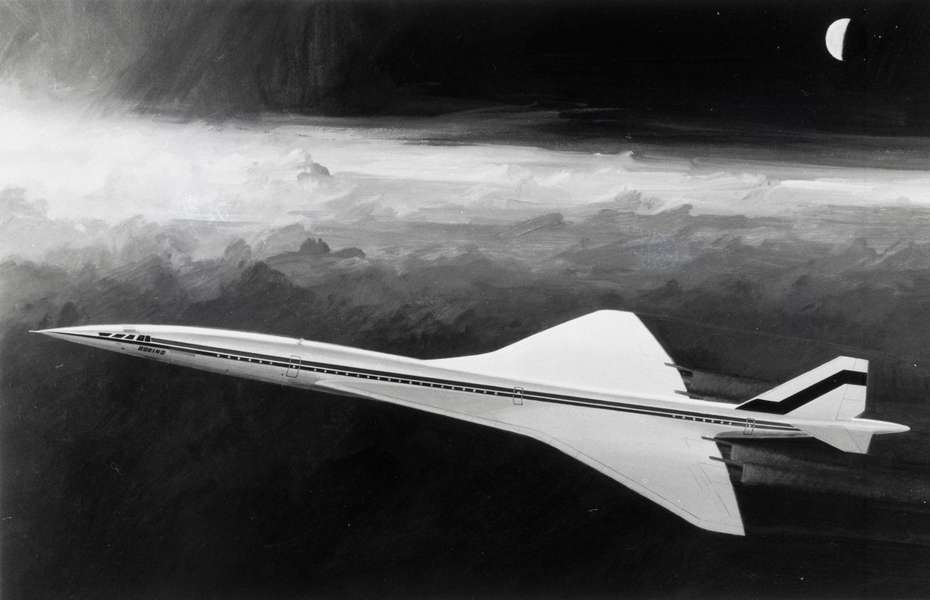
Eventually, waning interest and strong opposition to supersonic flight killed the 2707 and severely limited Concorde’s operations. But complications around titanium manufacturing and supply were part of the reason for the delays plaguing the 2707. Its cancellation left the SR-71 as the only high-speed jet to use titanium to such an extent.
As we saw, the SR-71 replaced the U-2. But ironically, newer, updated variants of the latter jet are still flying today. However, it generally remained away from “hot” areas. In reality, spy satellites eventually replaced both jets. But the titanium-clad SR-71 proved useful in some situations. Flying the SR-71 halfway around the world could be faster than re-tasking a satellite.
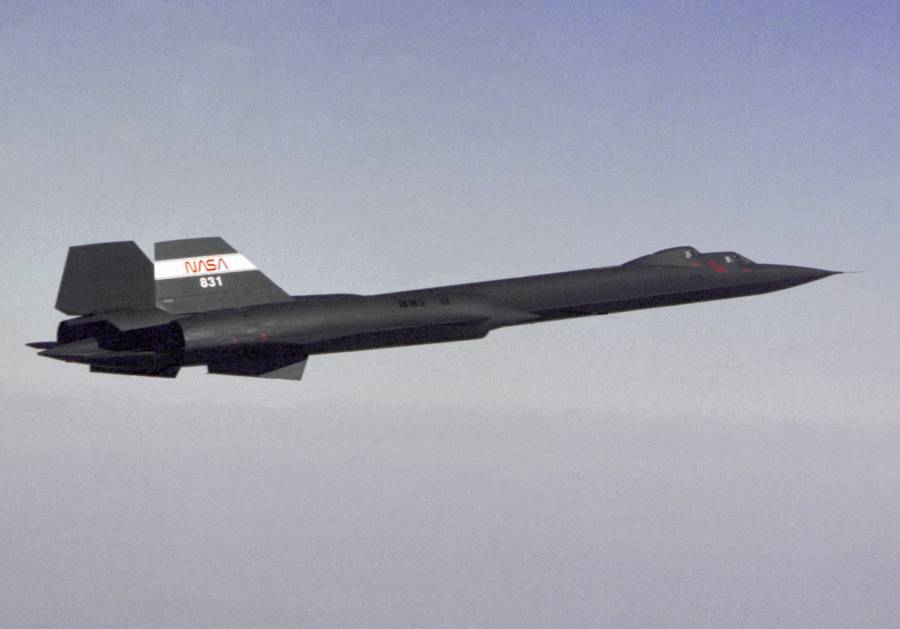
The end of the Cold War was the beginning of the end of these jets. The US Air Force first retired the SR-71 in 1990 – something not everyone was happy about. NASA kept flying a handful of the jets for research purposes, and USAF eventually re-activated some more, until 1998. NASA’s jets kept flying until 1999.
The other irony has to do with our current troubled times. Titanium was a precious link in the chain that made the SR-71 possible in the 1960s. What was then the USSR inadvertently made this aircraft possible. Today, newer supplies of titanium are out there. But Boeing, Airbus and their suppliers are scrambling to diversify their titanium supply chain, in the face of possible sanctions.



